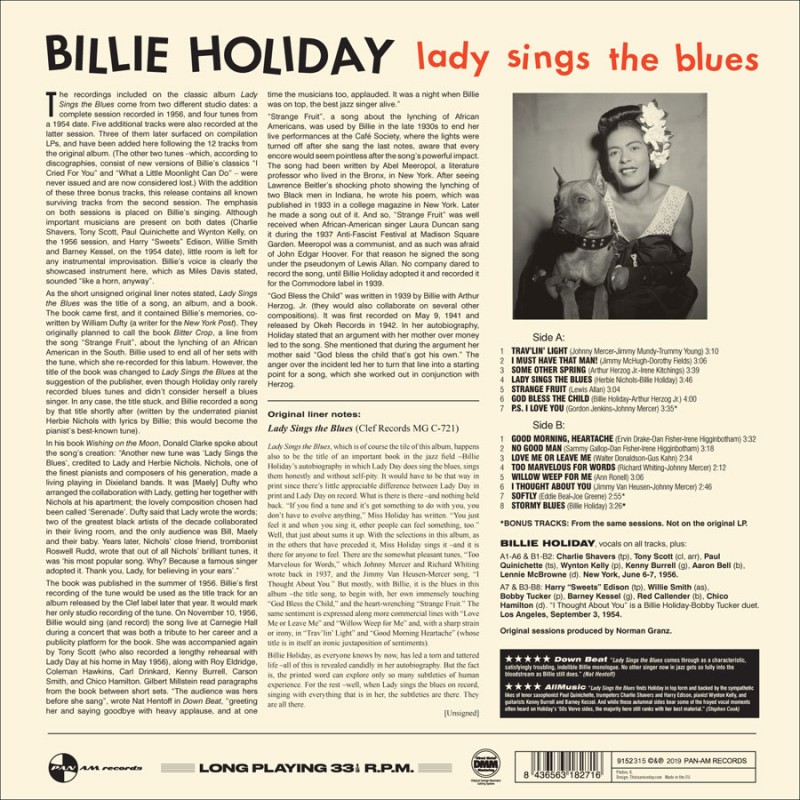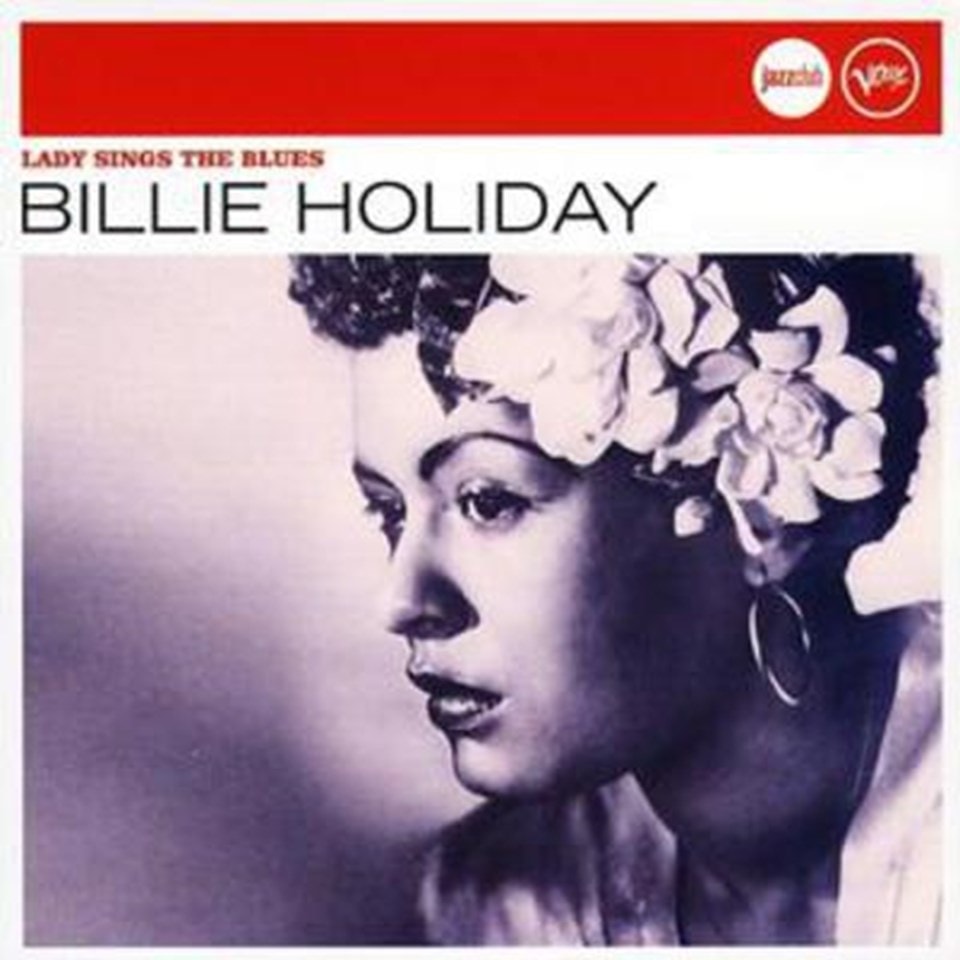
Eight out of 12 tracks were songs she had cut several times over the years, including “Strange Fruit,” “Good Morning Heartache,” and “God Bless the Child.” The title track, an original composition by Holiday and pianist Herbie Nichols, was new. Holiday recorded Lady Sings in two parts: in New York in September of 1954 and in Los Angeles in June of 1956. In that sense, it is a fitting retrospective for a singer with an ingenious sense of timing - an artist who was celebrated not only for her affecting reedy timbre, but for her uncanny ability to sing so precisely behind - and around - the beat. Instead, it is a shrewd and complex work that asks what time gives, reveals, and takes away.

And, despite what Holiday’s grim visage in the cover portrait implies, it is not a work of tragic decline. Her first string of hits recorded under her own name, including “God Bless the Child” and “Trav’lin’ Light,” had been recorded two decades prior, and it had been nearly that long since she had positioned herself as America’s most striking protest singer by performing “Strange Fruit.” She had recorded several more hits on the Decca label throughout the 1940s and had enjoyed an energizing tour of Europe in 1954, but she had been trying to survive as a working musician without a cabaret card for nearly a decade, ever since the state had revoked her ability to play in clubs that served alcohol due to a drug possession charge that sent her to prison for a year in 1947.ĭespite the album’s nod to her stage name, Lady Day, Lady Sings the Blues is not an autobiography in song so much as a meditation on memory and time. She had come a long way from the girls’ reformatory where she had been sent at age nine, and from the traumas of sexual assault she had endured by age 12, and from her early star turns as a soloist with the greatest swing bands of the day-those led by Benny Goodman, Teddy Wilson, Count Basie, and Artie Shaw. She had traveled far from the Baltimore of her youth, where she had washed her neighbors’ stoops and bathrooms to earn extra money for herself and her single mother, while singing along to the records of her heroes Bessie Smith and Louis Armstrong.


When Billie Holiday released Lady Sings the Blues in December 1956, she was not old, at age 41, but she had lived a long life.


 0 kommentar(er)
0 kommentar(er)
